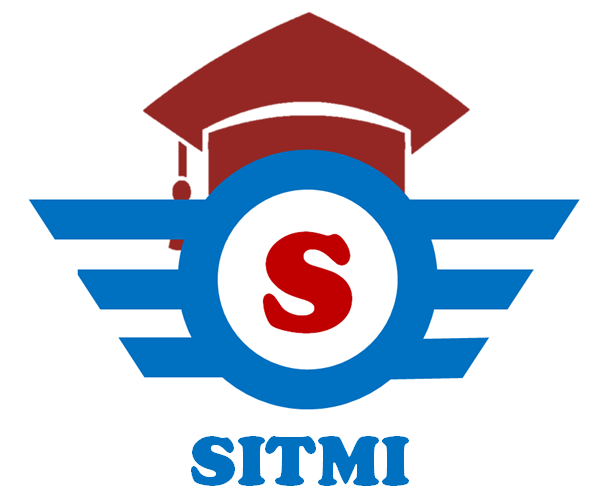
Course Syllabus and details
Brief on Toyota Production system
- JIT
- 5-Why
- SMED
- Pull system
History of Toyota Production System
Toyota Relationships
- With Employees, Customers, Dealers, Suppliers
Defining Continuous Improvement
- PDCA Cycle
- Continuous or Continual?
- The Continuous Improvement Model
- Quality improvement Cycle
- Evolution of Quality
Total Quality Management
- Basics of TQM
- TQM Framework
- Barriers to Implement TQM
- Benefits of TQM
Total Productive Maintenance (TPM)
- Basics of TPM
- Objectives of TPM
- OEE
- TPM Implementation
- Quality Function Deployment (QFD)
- TPM VS TQM
The 14 Principles of Toyota Way
- Base your management decisions on a long-term philosophy, even at the expense of short-term financial goals.
- Create a continuous process flow to bring problems to the surface.
- Use ‘pull’ systems to avoid overproduction
- Level out the workload (work like the tortoise, not the hare
- Build a culture of stopping to fix problems, to get quality right the first time
- Standardized tasks and processes are the foundation for continuous improvement and employee empowerment
- Use visual controls so no problems are hidden
- Use only reliable, thoroughly tested technology that serves your people and process.
- Grow leaders who thoroughly understand the work, live the philosophy, and teach it to others.
- Develop exceptional people and teams who follow your company’s philosophy.
- Respect your extended network of partners and suppliers by challenging them and helping them improve.
- Go and see for yourself to thoroughly understand the situation
- Make decisions slowly by consensus, thoroughly considering all options; implement decisions rapidly.
- Become a learning organization through relentless reflection and continuous improvement
Business Process Re-Engineering (BPR)
- Basics of BPR
- Need for BPR
- Objectives & Benefits of BPR
- Barriers to BPR
- BPR (Business Process Re-Engineering Vs CI (Continuous Improvement)
Process Mapping
- VSM
- VSM Diagram
- Current & Future state
- VSM Symbols
Six Sigma
- DMAIC & DMADV
Glossary and definitions of Lean Management concepts
About Course –
This Course will outline on Lean, waste reduction, and Improvement tools that are used in corporate and production to increase efficiency, Study material includes The book is full of examples of the 14 fundamental principles at work in the Toyota culture, and how these principles create a culture of continuous learning and improvement. You ‘ll discover how the right combination of long-term philosophy, process, people, and problem solving can transform your organization into a Lean, learning enterprise–the Toyota Way.
Target Audience – All Employees working in corporate functions, leading teams, solving conflicts, Managers, Employees from Continuous Process improvement function and students willing to pursue their career in related roles.
Examination Date deadline – Within 45 days from admission date
Examination – Online mode, from any location with good internet access
Examination duration – 1.5 hours
Exam Attempt – Single
Total Questions – 60
Passing Criteria- 50% & above
Certificate & Performance Report – Hard Copy of certificate & performance report with SITMI stamp, authorized signature, unique number of certification & both documents will laminated with high quality process – It will be dispatched at candidates postal address within 5 business days from exam qualified date.
Course Fees: INR 2499/-
For any queries related to course, please write us at info@sitmi.in
